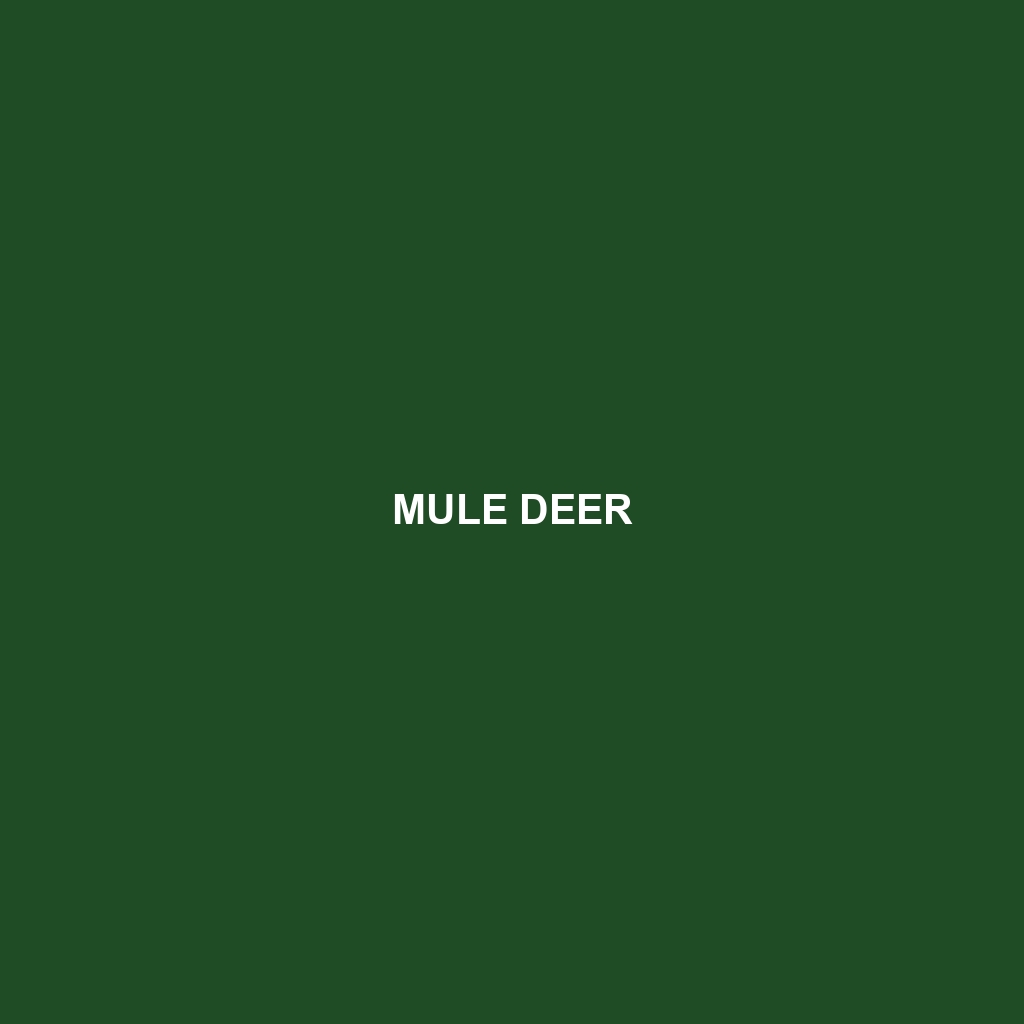Mexican Red Brocket
Common Name: Mexican Red Brocket
Scientific Name: Mazama temama
Habitat
The Mexican Red Brocket primarily inhabits the tropical forests and dense undergrowth of Central America and parts of Mexico. They are often found in moist lowland forests, mountainous regions, and areas with thick vegetation, which provides shelter and protection from predators. This species thrives in environments that maintain a stable climate and sufficient rainfall, ensuring a healthy ecosystem for their survival.
Physical Characteristics
The Mexican Red Brocket is a small to medium-sized deer, with adults typically weighing between 50 to 100 pounds. They possess a reddish-brown coat, which serves as excellent camouflage among the forest floor’s foliage. This species has a distinctive slender build, long legs, and a short, upright tail. Notably, male Mexican Red Brocket deer exhibit antlers that are typically antlerless until they reach maturity at about a year old, which is a unique characteristic among deer species.
Behavior
Mexican Red Brocket deer are primarily crepuscular, meaning they are most active during dawn and dusk. They exhibit solitary behavior but can sometimes be seen in pairs, particularly during mating season. This species is known for its agility in dense forest terrain, using their keen senses to detect threats from predators such as jaguars and pumas. Their ability to remain silent and stealthy makes them difficult to spot in their natural habitat.
Diet
Mexican Red Brocket are herbivorous and primarily feed on a variety of leaves, fruits, and flowers found within their forest environments. They have been observed feeding on shrubs, young tree shoots, and various types of vegetation, highlighting their role as a browser species. Their diet is crucial for maintaining plant balance in their ecosystem, and they often forage in small clearings or along forest edges.
Reproduction
The breeding season for Mexican Red Brocket typically occurs during the rainy season, primarily between June and September. After a gestation period of approximately 210 days, females give birth to a single fawn, which is hidden in dense vegetation for protection during its early weeks. Mothers are known for their attentive care, often moving their young to new hiding spots toavoid detection by predators.
Conservation Status
The Mexican Red Brocket is currently classified as Vulnerable according to the International Union for Conservation of Nature (IUCN). Habitat loss due to deforestation and hunting pressure are significant threats to this species, which necessitates conservation efforts aimed at habitat preservation and wildlife protection.
Interesting Facts
One unique aspect of the Mexican Red Brocket is its ability to thrive in various forest types, including tropical, subtropical, and even cloud forests. Additionally, they are known for their soft vocalizations, which are used for communication between individuals, a factor that sets them apart from other deer species.
Role in Ecosystem
The Mexican Red Brocket plays a vital role in its ecosystem as a herbivore, helping to control vegetation growth and facilitating seed dispersal. By consuming plants and fruits, they contribute to the ecological balance and support the regeneration of plant species within their habitat. Their interactions with predators and other wildlife also help maintain the food web dynamics in their tropical environments.
